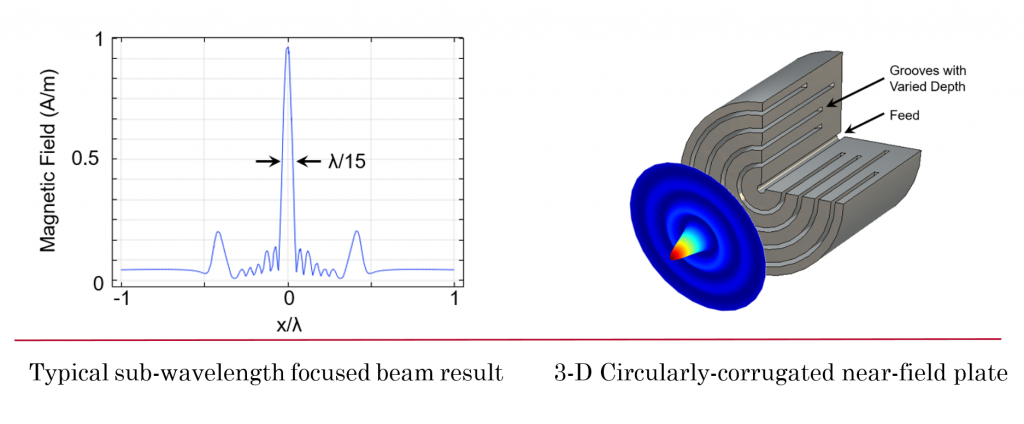Bio
“Sub-Wavelength Microwave Focusing for Neural Ablation”

Dr. Ra’id Awadallah received his Ph.D. in Electrical Engineering from Virginia Tech in 1998. He joined JHU/APL in the same year where he is currently a section supervisor, project manager and a member of the principal professional staff. Over the last 20 years, he has led a team of researchers developing efficient numerical models for tropospheric propagation, electromagnetic scattering from randomly rough surfaces, radar cross-section of complex targets, pulsed propagation in complex urban structures, and modeling and simulation of thin-film metamaterials. He has authored over 20 papers in these areas. Dr Awadallah is a member of the IEEE and Commission F of URSI.
 Click here to view webcast.
Click here to view webcast.
Abstract
“Sub-Wavelength Microwave Focusing for Neural Ablation”

Timothy Sleasman, Andrew Strikwerda, and Ra’id Awadallah
The Johns Hopkins University Applied Physics Laboratory
Whatever we’re looking at, be it streaming video at home or medical imaging in the office, we always want the highest resolution possible. Traditional imaging techniques that use lenses, like telescopes and cameras, are “far-field” imaging systems. The resolution of far-field electromagnetic imaging systems, which utilize the radiative portion of the sources’ fields, is ultimately constrained by the diffraction limit. This limit is attributed to the fact that the imaging aperture only captures portions of the radiative spatial spectrum of the source field and ignores the evanescent (non-radiative) portion of the spectrum. Due to this fact, sub-wavelength imaging resolution is only achievable if the near-field portion of the source field spectrum can be utilized. One promising pathway to access the near-fields is to place the imaging system at near field distances, but even then designing the imaging system has several practical challenges.
In this talk, initial designs for achieving deeply sub-wavelength focusing of a microwave beam will be discussed. The first design is based on near-field plates (NFPs), which are non-periodically patterned surfaces capable of forming beams with sub-wavelength focus in the near-field. The spatially-varying impedance distribution of the NFP needed to focus the microwave beam is derived by formulating and numerically solving an integral equation. The second design which is based on linearly and circularly-corrugated near-field plates will be presented next. The near-field interaction of the waveguide field with the properly-designed groove impedance distribution results in the desired focusing of the microwave energy. This architecture can ultimately be used to form prescribed field patterns inside inhomogeneous media, providing applications in neural ablation and biomedical imaging.
 Click here to view webcast.
Click here to view webcast.